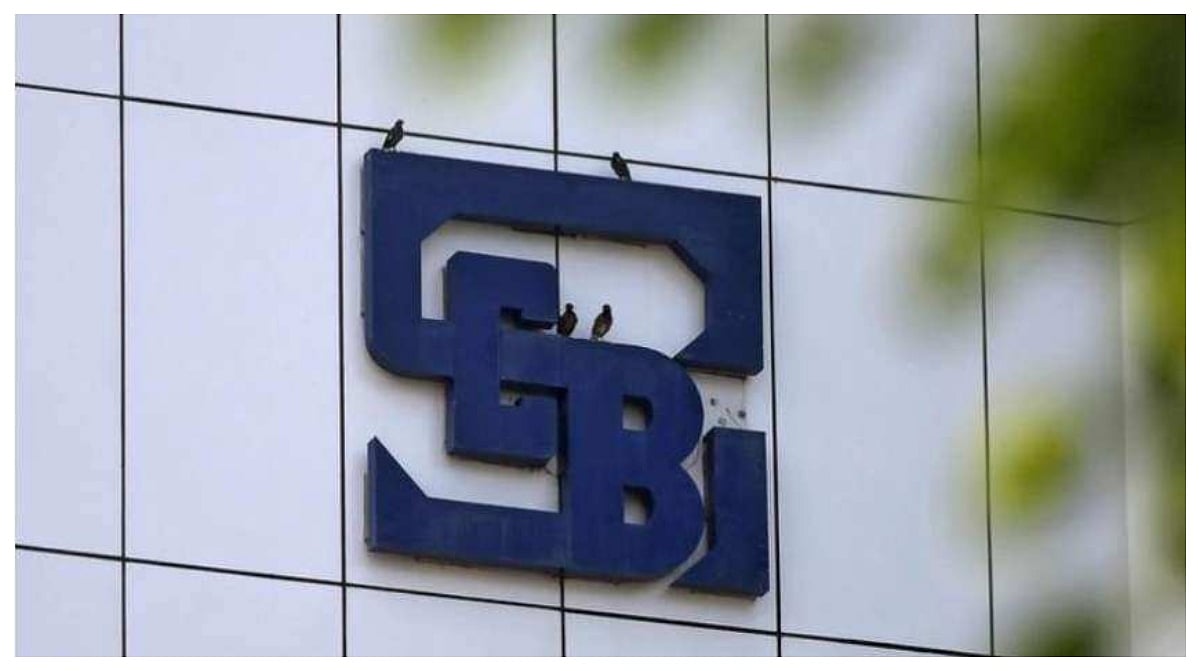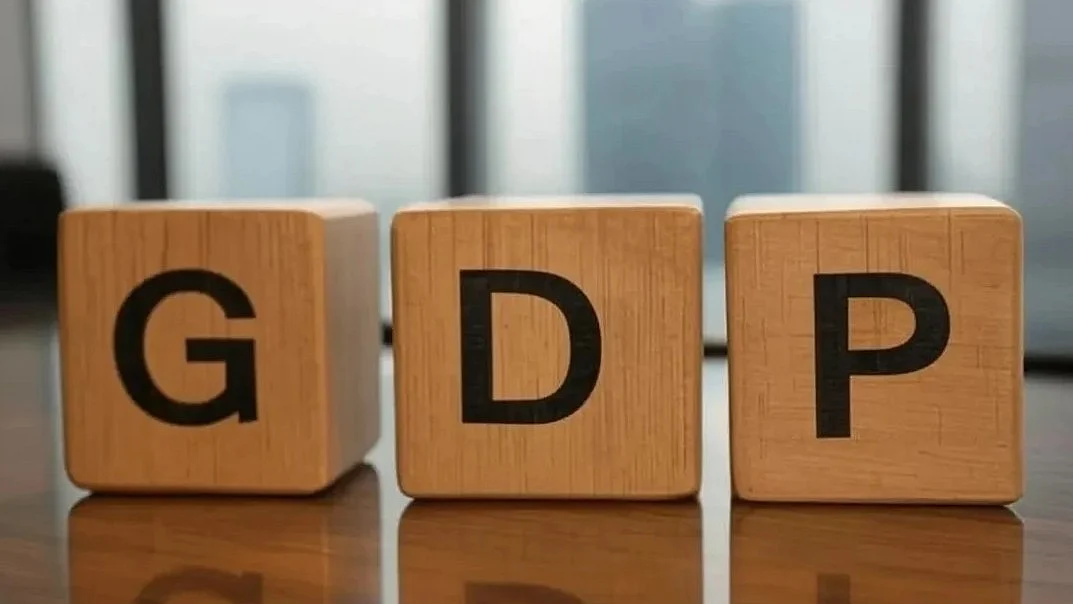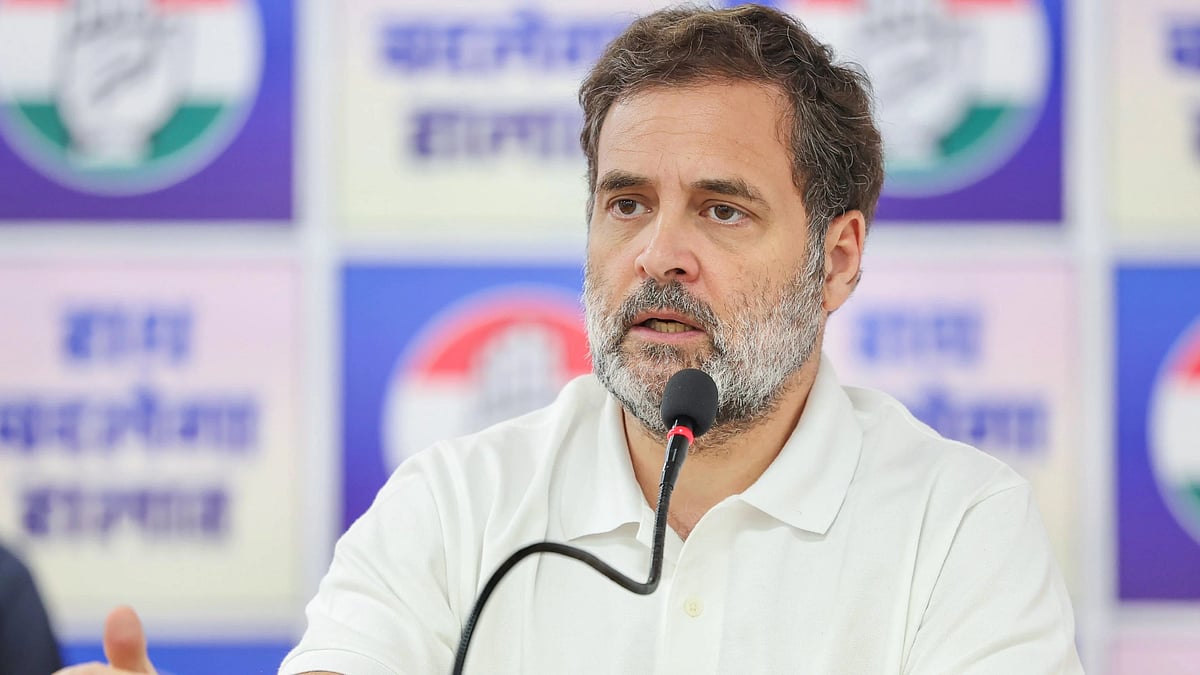The announcement of the unified pension scheme (UPS) has, as usual, drawn a first reaction of concern from critics and analysts on the fiscal balances coming under pressure. For some ideological reason, the view from outside the public sector is that any monetary benefit paid to employees is incorrect — whether it is pension or salary revision. But it has been seen at both the central and state government level, the fiscal balances have always been well managed.
The Pay Commission brings in changes in pay every 5 years which is also looked at as putting pressure on the fiscal balances. It is not an annual exercise as is the case in the private sector. However, the higher compensation paid in the private sector in the general course is never really questioned. The critics forget that running the government needs people who also have a right to be paid just as in the private sector. This issue needs impassioned discussion. And more importantly as will be shown, the amount may not be significant in the long run with the budget size increasing and tax income growing.
A pension is a deferred payment at a later date which adds to cost only when the individual retires from service. And to the extent there is an additional contribution coming from the state there is an immediate cost. The UPS is a well-crafted scheme which takes in a 10% contribution from the employee and a government equivalent of 18.5%. The latter was 14% under the NPS. Hence the outflow for the government will be only 4.5% of the basic income to begin with. Therefore, unlike the old pension scheme where there was no contribution coming from the employee, the new scheme is contributory. There have been conditions laid down in terms of the number of years the person must be employed as well as the minimum pension that would be paid. Further the terms of 50% of last drawn basic salary over the year would be the amount paid on retirement and a specified amount would be paid to the spouse on demise of the employee.

The government has upped its contribution by 4.5% and the total cost has been officially calculated as being Rs 7050 crore for FY25. This amount is 0.15% of the overall size of the budget which is Rs 48.20 lakh crore. The amount is not significant and will not really matter. Even if added to the projected fiscal deficit for FY25, the ratio would remain at 4.9%. Therefore, the fiscal targets will not really change.
The future outflows have also been highlighted by critics as being an additional cost. While the cost will be up, it will not really come in the way of the fiscal numbers. The reason is that just as is the case of insurance where as long as premia is paid by all policy holders, there is always a corpus on which interest is earned from which claims are settled, the same holds here.
All employees would be contributing to the corpus which is invested as per the decision taken by the government department. Typically GSecs give a return of say 6.5-7%, while equity could go higher at 12%. While the NPS could give a higher return, in this case the 6.5-7% return would be adequate to service the pensioners. Government data shows that the overall expense on ‘pay’ of employees is 50% of total expenditure at the aggregate. Hence a person who retires with a pay of say Rs 50 lakhs would have a basic pay of Rs 25 lakhs of which 10% would be contributed to the UPS. This amount of Rs 25,000 or lower equivalent over the previous years that is contributed to the fund would earn 6.5-7% on a reinvested cumulative amount. Therefore, a large part of the return would be generated by the fund. Besides the amount invested by a pensioner would not be returned and hence would act as a buffer for future payments for other employees. The final difference between the returns generated and the amount paid would be the cost to the government that can be absorbed.
The pressure could be only in the short run which involves staff retiring in the immediate future. Here too any switch if opted for from the NPS to UPS would involve a transfer of funds which in turn will still provide the buffer in terms of investable corpus.
Besides, with an economy growing at around 8% per annum in the next 20 years or so, the growth in tax revenue will remain in the region of 10-12% per annum on a conservative basis. The present pension bill is to grow by just around 2% in the FY25 Budget while it declined in FY24. Hence growth in revenue, especially tax revenue, would quite comfortably cover the additional cost imposed by the UPS. There is reason to hence believe that the fiscal impact will not be significant even in future.
The UPS can be considered to be the union of the OPS and NPS. Under the old pension scheme there was no employee contribution but a fixed known return. The NPS has both the employee and government contributing to the fund with no guarantee of income. That’s so because the NPS funds are run like mutual funds where the difference is that the investor can choose the combination of instruments for investment ie debt-equity division. Returns are guided by market conditions.
This should placate the entire set of employees of the centre who would now be assured of a pension on par with what their colleagues under the old scheme were receiving. It can be surmised that this would be extended to state government employees too as well as other enterprises which follow the government’s social security schemes. At the macro level this is important because for the economy to grow there is need for consumption to keep ticking. This can happen only if there is income generated that can be spent across the spectrum of income and age groups. Government employees are a crucial part of this story. Therefore, the assured income post-retirement will add to overall consumption in the economy.
The author is Chief Economist, Bank of Baroda and author of ‘Corporate Quirks: The Darker Side of the Sun’. Views are personal











